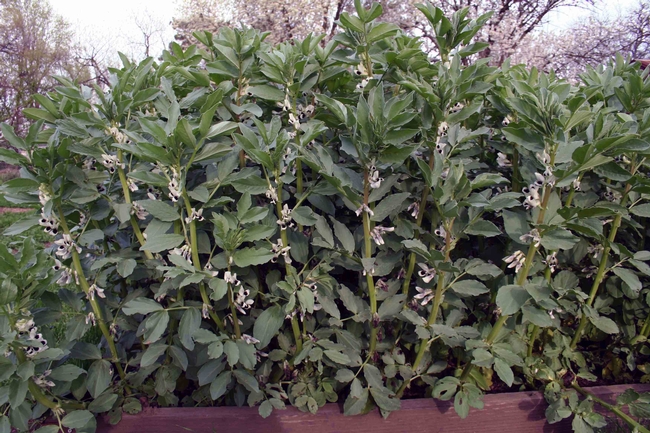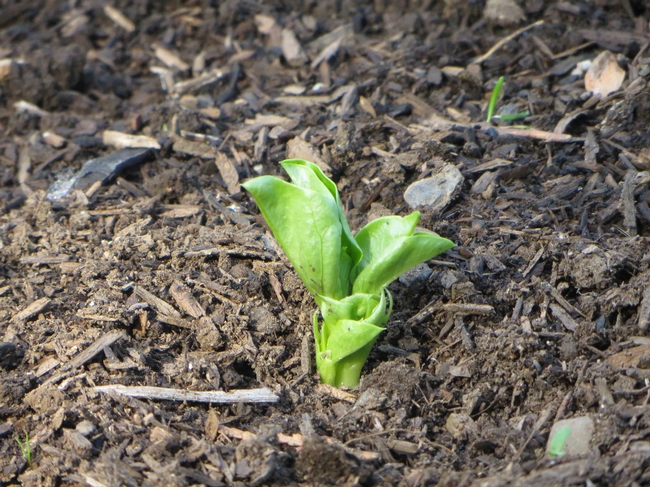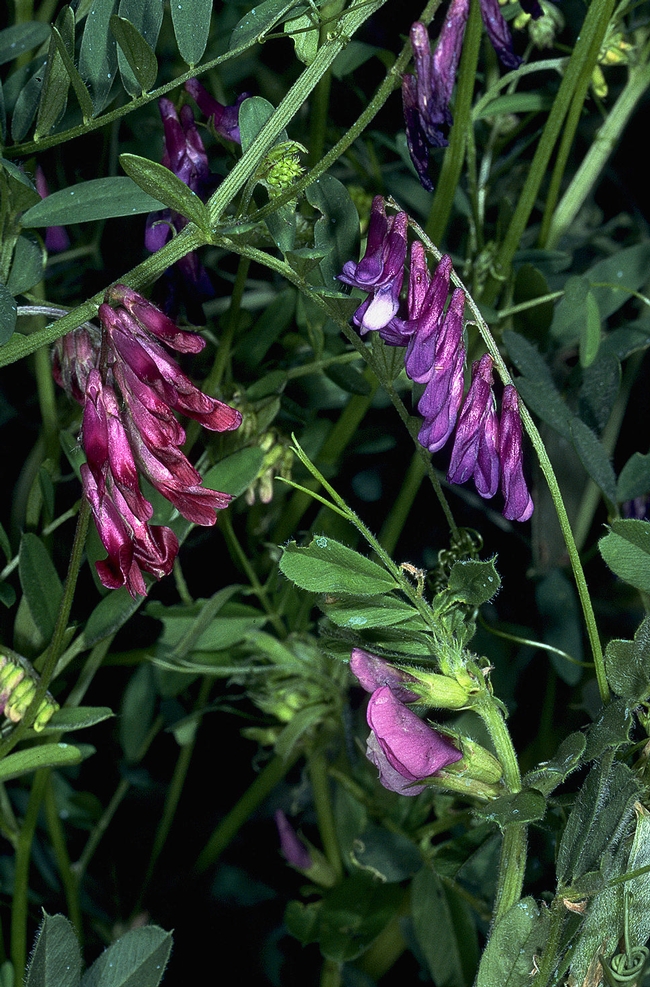Imagine a healthy garden that grows, blooms, and produces food for you, your family and your neighbors, a garden that costs you very little money because everything it needs is already provided. Welcome to the sustainable garden! The Cambridge Dictionary defines sustainable as “causing little or no damage to the environment and therefore able to continue for a long time.” Sustainable gardens are resource efficient and able to perform their intended functions indefinitely with minimal negative impact on the environment. A garden that grows and produces well, doesn't drain resources and money, and has a positive impact on the environment: this sounds like any gardener's dream, right? But it's not difficult to achieve. You can create a sustainable garden in your own yard by following some simple techniques.

Placer County Master Gardener Elaine Kelly Applebaum writes “What we do in our home gardens can greatly impact the environment, for better or worse. By making the right choices of what to grow and how to care for our landscapes, we can make a positive difference, not only in the health of the environment, but in our own health as well, now and into the future.”
One simple example of a sustainable gardening practice is to select the right plant for the right area of your yard, making sure that the plant will get the correct amount of sunlight and have adequate space to grow. Every yard has different “zones” that are appropriate for different kinds of plants: places that are sunnier or shadier, areas that have better or less good growing conditions for particular plants. You can observe hours of sunlight throughout the day for each season of the year and select plants accordingly. You can also make sure that when plants get larger they will not be cramped for space. This may seem like a “no brainer,” but the truth is that people often fail to place plants in locations where they will thrive.

Compost is dug into the soil or laid on the surface, where it continues to decompose and release nutrients into the soil. A sustainable practice that goes hand in hand with composting is mulching, which involves laying organic material in a thick layer (four to six inches) on top of the ground around your plants. Wood chips, sawdust, chopped leaves and straw are examples of organic materials useful for this purpose. Mulch breaks down slowly over six to ten months, suppressing weeds and conserving water as it does so.
Growing your own manure is an easy way to feed your soil; and no, you don't have to fill your front yard with goats! Cover cropping, a sustainable cultural practice in use for over 3,000 years, involves growing a crop specifically to cover and protect the soil from erosion; a cover crop that is chopped up and turned back into or onto the soil is referred to as “green manure.” Since ancient times, cover crops such as legumes, clover, mustards and grasses like wheat or rye have been grown specifically to protect and enrich the soil. Green manure feeds your soil (by increasing soil organic material and nitrogen), aerates (by penetrating compacted soil and improving soil structure), improves water infiltration and retention, and provides food and habitat for soil microorganisms, beneficial insects and pollinators. Best of all, if you grow your own green manure, you will reduce or eliminate the need to buy fertilizer! For details on cover cropping see Choosing & Using Cover Crops in the Home Garden & Orchard and Improve Your Garden Soil: Grow a Cover Crop.

You may be thinking that your tiny garden is not big enough for cover cropping, or your year-round vegetable garden has no empty space for this practice, but consider the fact that a low-growing cover crop like Dutch white clover can be sown in between the rows of your fall or winter garden crops. In the spring, you can cut the clover, compost the tops or use them as mulch, and plant your summer garden among the roots, which you leave in the ground. Plant clover again in the empty rows after you remove your winter garden, as white clover tolerates summer heat with minimal irrigation. Clovers, like other legumes, add nitrogen to the soil through a symbiotic relationship with bacteria that inhabit nodules on their roots, Rhizobium spp. Rhizobial bacteria “fix” or “grab” nitrogen from air in the soil and convert it into a form (ammonium) that plants can use. Once the clover plant dies, the root nodules release their nitrogen into the soil, so it is important to leave the roots in the ground. One additional note: make sure that the clover seed you buy is inoculated with the bacteria Rhizobium spp.
Feeding your soil and choosing the right plant for the right spot in your garden are two sustainable gardening practices, but there are many more! Sustainable gardening practices support the effort to work with nature rather than against it, right at home in your own garden. In the words of author Michael Pollan, “The garden suggests there might be a place where we can meet nature halfway.”
The UC Master Gardeners of Butte County are part of the University of California Cooperative Extension (UCCE) system. To learn more about us and our upcoming events, and for help with gardening in our area, visit our website. If you have a gardening question or problem, email the Hotline at mgbutte@ucanr.edu (preferred) or call (530) 538-7201.